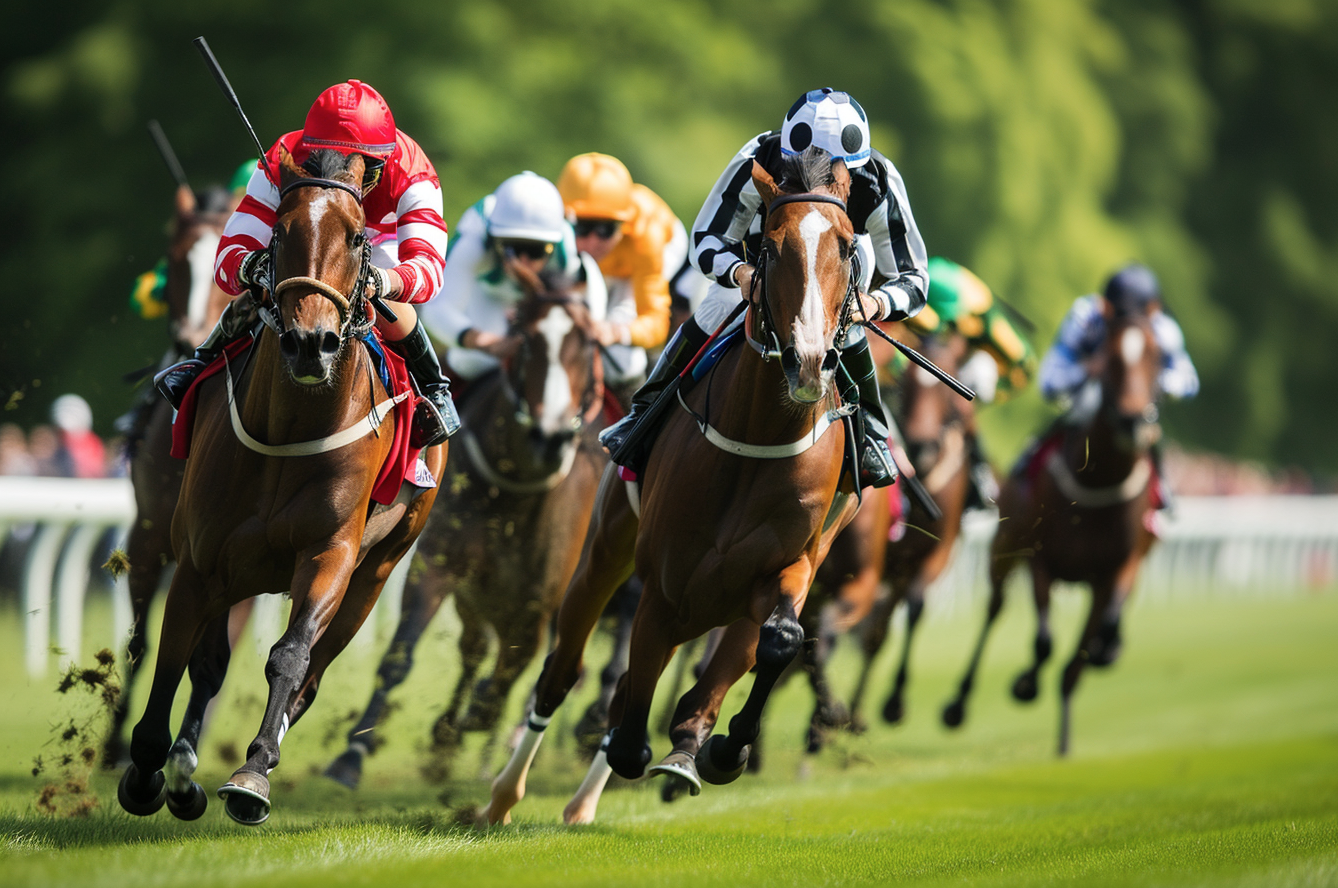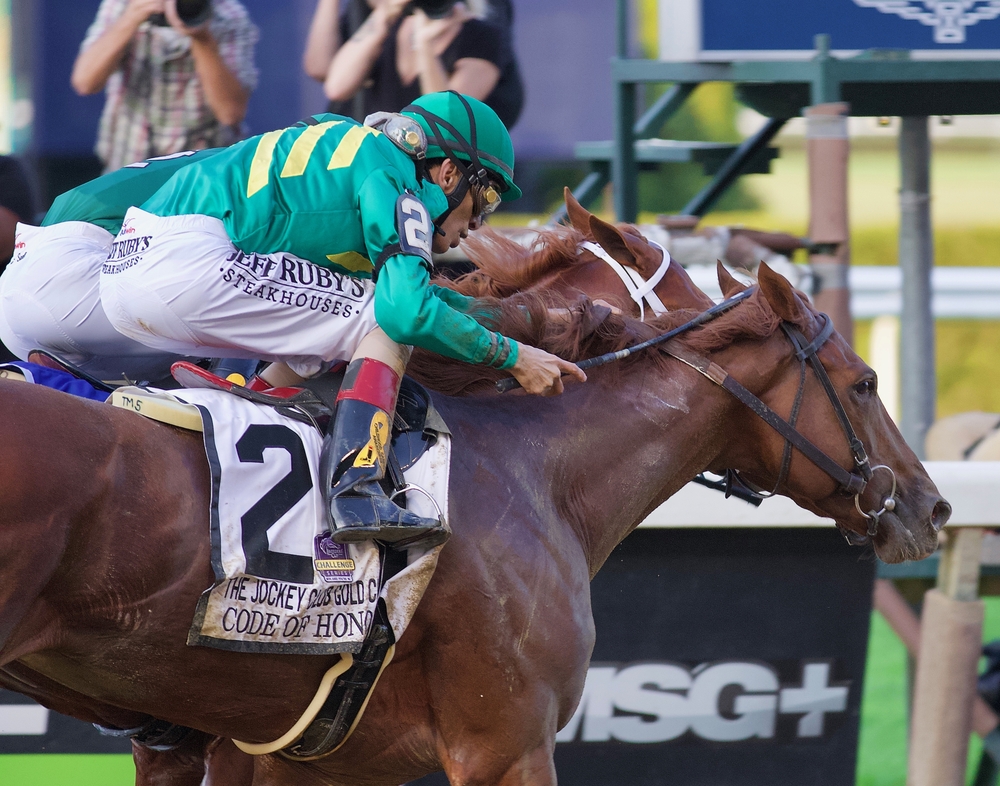In the traditionally regimented world of horse racing, every detail matters, from the safety gear to the jockeys’ appearances. While it might seem trivial, the presence or absence of a beard on a jockey has become a topic of interest due to its rarity in the sport. Speculation abounds as to why jockeys are predominantly clean-shaven, with theories ranging from potential extra weight and the desire for aerodynamic efficiency to the persistence of longstanding tradition.
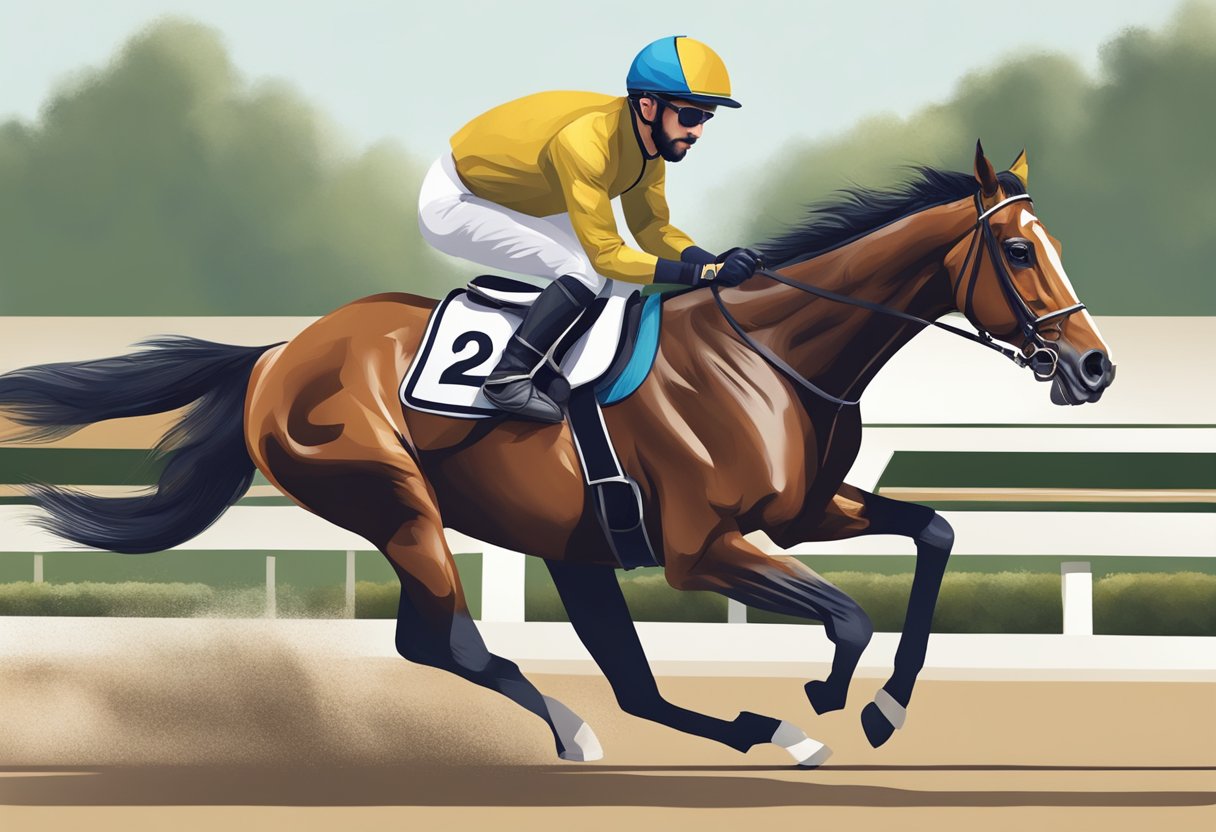
The reality is that there’s no specific rule in the British Horseracing Authority’s (BHA) regulations that explicitly prohibits facial hair. However, jockeys are often the embodiment of peak physical fitness and grooming, adhering to strict weight regulations and sporting a professional appearance conducive to the image of the sport. As visible ambassadors of horse racing, their appearance is indicative of the discipline’s broader culture, where every element is fine-tuned to maximise performance and maintain a cohesive professional look.
Key Takeaways
- Jockey appearances are thought to be influenced by factors like aerodynamics and tradition.
- A beard is not explicitly prohibited by racing regulations in the UK.
- Jockey grooming reflects the professional and athletic standards of horse racing.
The Role of Appearance in Horse Racing
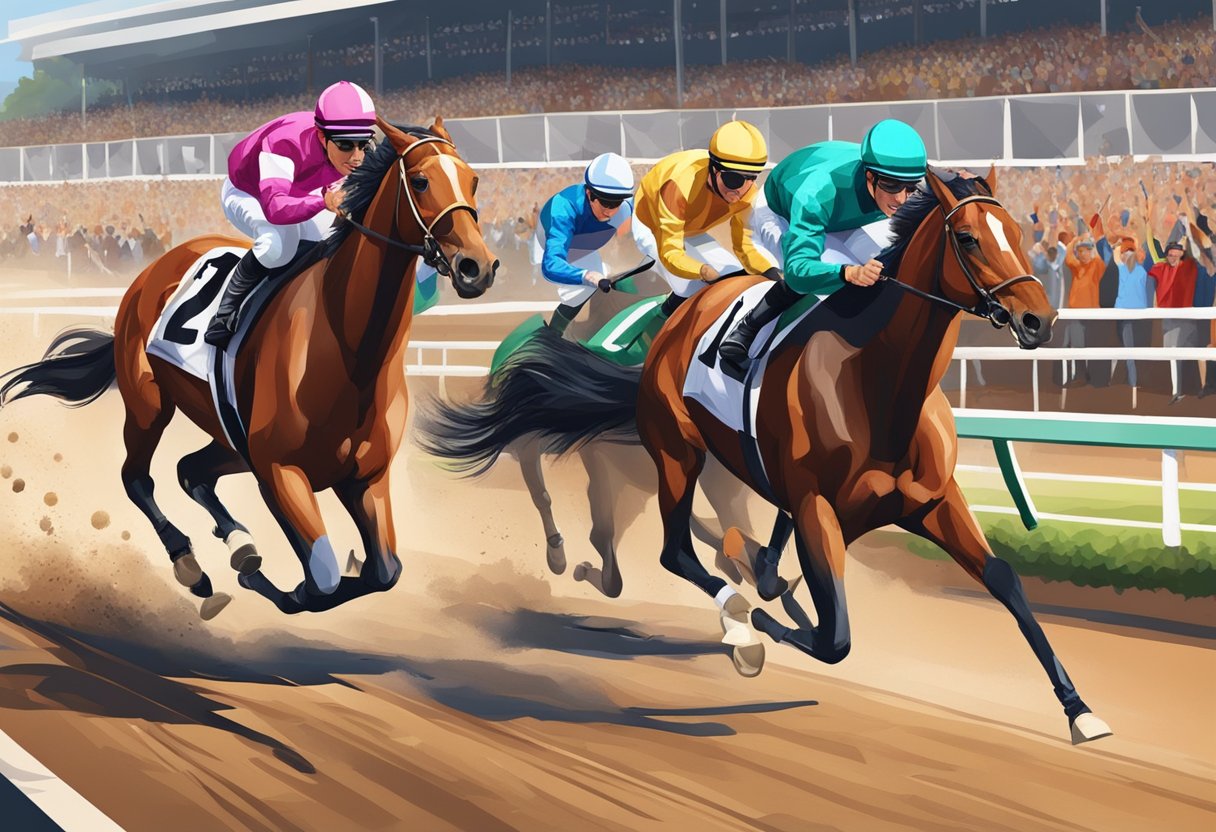
In the competitive world of British horse racing, appearance plays a significant role for everyone involved, from the racehorses to their jockeys. Regulations dictate much of this aesthetic, ensuring safety and decorum are upheld.
Jockeys, for instance, adhere to strict dress codes. They must be presentable, wearing silks that embody the colours and patterns of the owners they represent. This racing attire not only serves to identify the jockeys during a race but also upholds a tradition that enhances the event’s spectacle.
The appearance of racehorses is also a matter of intense focus. Potential indicators of form, such as a shiny coat or a lively gait, can influence racing tips and, subsequently, the race results. Trainers ensure their horses are well-groomed, a sign of both good health and preparedness which avid racing enthusiasts often scrutinise.
On the administrative side, the Rules of Racing, as maintained by the British Horseracing Authority, stipulate a variety of regulations regarding racing attire and the conduct of all racing participants. The introduction of changes to these rules can impact various aspects of the sport, from entry opportunities to elimination sequences in National Hunt Flat races.
Although less attention is traditionally paid to the facial hair of jockeys, it’s mostly a matter of personal choice, bounded by the necessity for a neat appearance that reflects well on the sport’s professional standards. As highlighted by a few cases like that of Davy Jones, jockeys have not been conventionally restricted from sporting beards, as long as their overall presentation remains in line with the racing world’s standards.
In summary, while styles can vary and personal expression is permitted within reason, a primary consideration is that the sport maintains its esteemed image, reflecting its rich heritage and the respect due to its participants.
Facial Hair Policies in Horse Racing
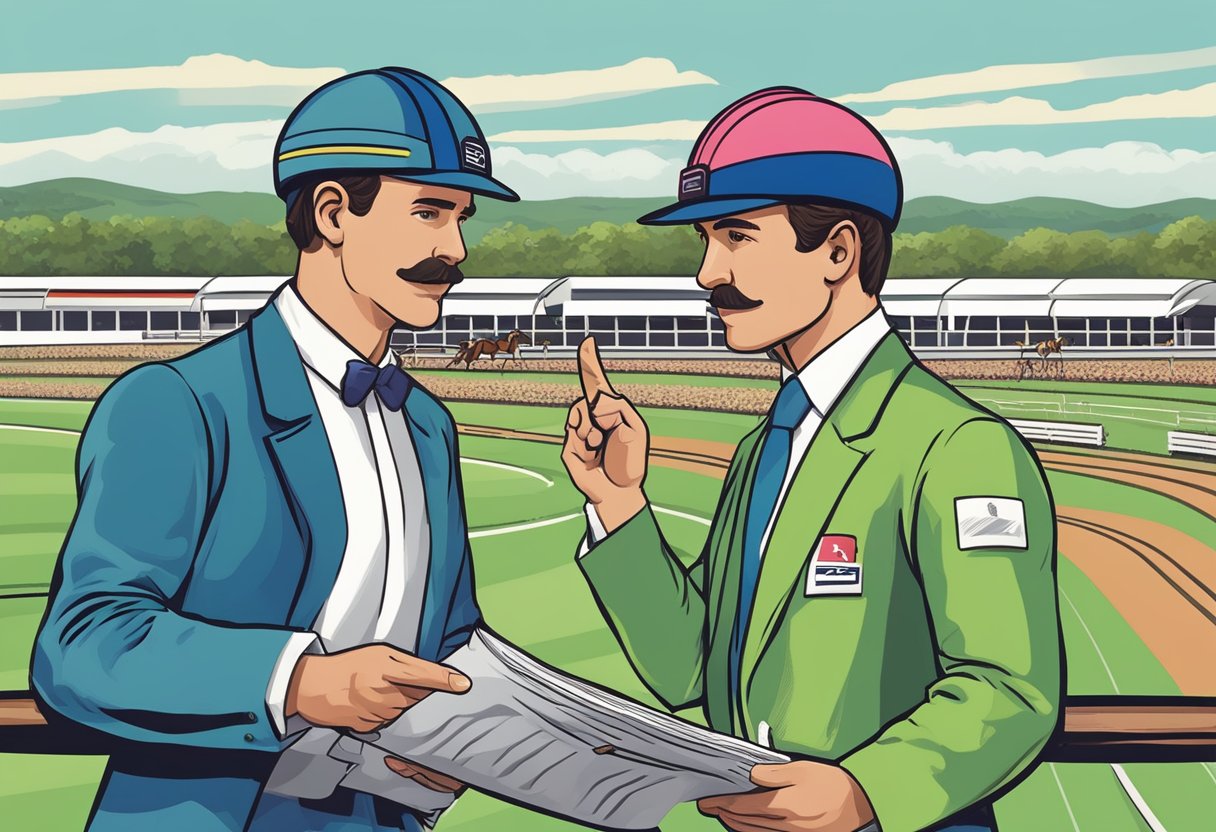
The world of horse racing maintains specific appearance standards, which often extend to the grooming of participants. These standards are in place to maintain a professional and uniform look, but there are instances where individual expression is observed.
General Guidelines
Within the horse racing industry, especially at high-profile events such as Royal Ascot or the Cheltenham Festival, there is an expectation of a certain level of professionalism and tradition that extends to personal grooming. Facial hair, particularly beards, is not commonly seen among jockeys, as they typically prefer a clean-shaven look. This is in part due to the formal attire required – a tailored suit is often the norm – and a beard can be seen as a deviation from the traditional image expected at such prestigious events.
- Stewards: May enforce grooming standards.
- What to wear at the races: Clean-shaven look preferred, complementing the formal suit attire.
Notable Exceptions
There have been a few jockeys who have bucked the trend and raced while sporting facial hair. These instances are the exception rather than the rule, and they often attract attention due to their rarity. For instance, the late Davy Jones was noted for having a beard during his win on Digpast at Lingfield in 1996. Each racecourse or racing event may have its own set of guidelines, and it is ultimately up to the stewards of the event to determine whether facial hair is permissible, making the enforcement of such policies somewhat discretionary.
Equipment and Attire Regulations
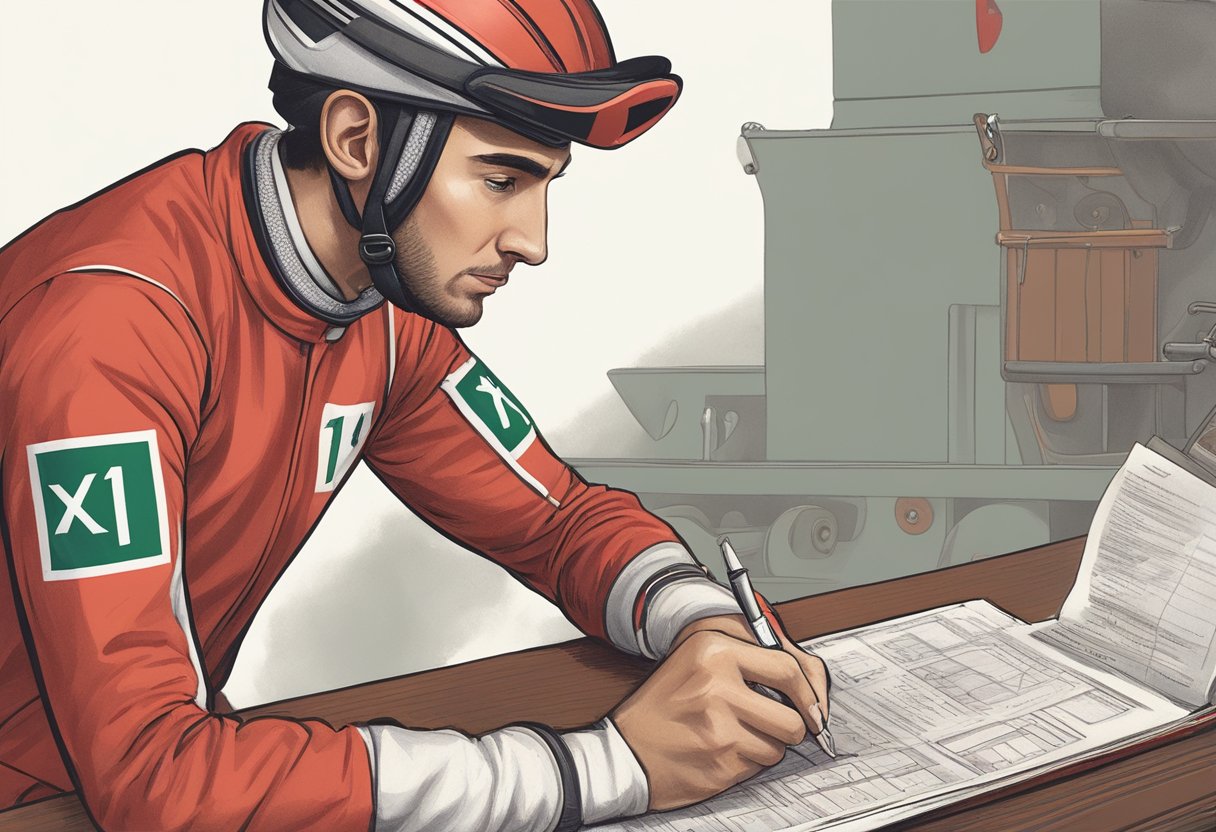
In the realm of horse racing, jockeys are subject to strict equipment and attire regulations to ensure both safety and compliance with the sport’s standards. The specified gear must meet predefined specifications, and personal grooming, including facial hair, is often guided by tradition and aesthetic considerations.
Racing Attire for Jockeys
Jockeys are required to wear a suit, typically consisting of a silk jacket and trousers, representing their employer’s or the horse owner’s colours. The distinctive attire is essential for identification purposes during a race. While there is no explicit rule against beards, jockeys often maintain a clean-shaven look; this may be due to tradition rather than a specific regulatory requirement.
- Helmet Cover: Matches the jacket’s colours
- Goggles: Protects eyes from dirt and debris
- Silk Jacket: Custom colours and patterns
- Breeches: White as a standard
- Boots: Traditionally black or brown
- Gloves: Often colour-coordinated with the silks
Safety Gear
Safety is paramount in horse racing, which is why the British Horseracing Authority mandates certain safety gear for all jockeys.
- Helmet: Must conform to high safety standards, effectively reducing head injury risks.
- Body Protector: A padded vest that shields vital organs from impact.
Additional equipment includes:
- Whip: Utilised by jockeys in a regulated manner, designed to encourage the horse without causing harm. It’s held in the backhand position and used according to strict guidelines.
- Bit and Cheekpieces: Critical for controlling the horse, with specific types allowed for use during a race.
- Noseband: Part of the bridle, used to keep the horse’s mouth closed and ensure better control.
What spectators wear to the races varies by venue and event, with some requiring more formal attire than others.
Race Day Procedures
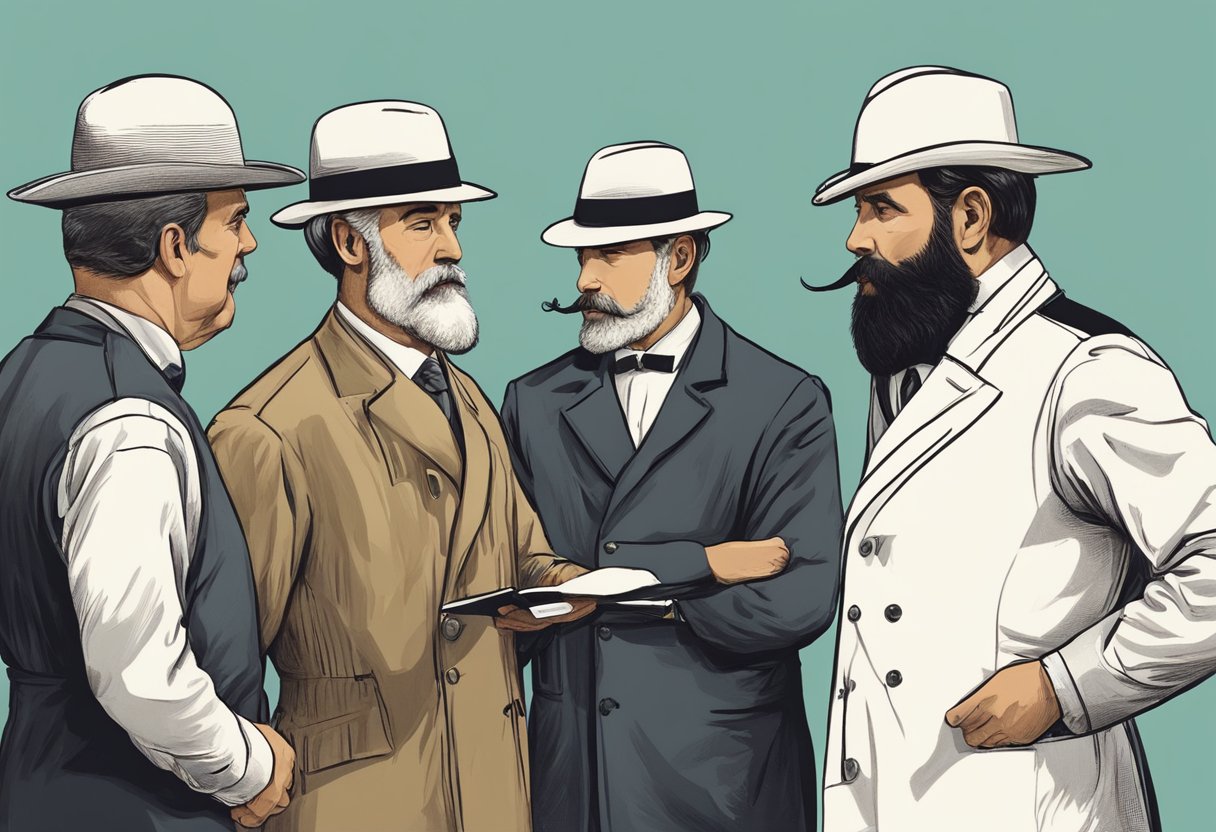
In the world of horseracing, both pre-race and post-race protocols are meticulously regulated to ensure fair play and the welfare of the horses and jockeys.
Pre-Race Rituals and Inspections
Before a race, horses are prepared in the Parade Ring, commonly called the paddock, where they meet their jockeys. It is a time for final inspections, with stewards overseeing the proceedings to ensure compliance with racing regulations.
- Jockey Attire: A jockey’s kit, which includes their cap, breeches, and boots, must adhere to the racing authority’s rules, and while not explicitly mentioned in rules, traditionally, a clean-shaven appearance is expected.
- Whip Rules: Jockeys are informed about the current whip usage regulations, required to prevent any misuse during the race.
- Extra Weight: Weights may be added to the saddles to meet handicap requirements and are checked for accuracy.
Post-Race Protocols
After the race concludes, there are a series of steps to confirm the official results and handle any infractions.
- Photo Finish: In close races, a photo finish determines the winner with utmost precision.
- Penalties and Disqualification: If there are any infractions, such as unauthorized whip use or incorrect weight carried, stewards can enforce penalties or even disqualify runners.
- Stewards’ Inquiries: Interviews with jockeys and trainers might be conducted to clarify any incidents that occurred during the race.
Need Help Beating the Bookies?
Our expert betting tipsters have been taking cash off the bookies since 2014! If you need a helping hand with winning then why not check them out?
Browse Our TipstersGoverning Bodies and Rules Overview
The intricacies of facial hair regulations in horse racing are largely governed by organisations that set and enforce the rules of the sport. These entities ensure the sport’s integrity and fair competition while considering the welfare of human and equine participants.
British Horseracing Authority (BHA) Regulations
The British Horseracing Authority (BHA) is the principal regulatory body for horse racing in the United Kingdom. It enforces the Rules of Racing, which outline the conduct and guidelines all participants must follow. Notably, regulations concerning a jockey’s appearance, including facial hair, are not explicitly mentioned in the publically available BHA rules. However, the BHA prioritises safety, integrity, and welfare of the sport’s human and equine athletes.
- Participant Welfare: Part of the BHA’s oversight involves the welfare of jockeys, ensuring that all safety criteria are met during racing and training.
- Regulatory Compliance: The BHA operates with a commitment to uphold the tradition and history of the sport whilst simultaneously guiding it toward progression.
International Racing Jurisdictions
Internationally, horse racing jurisdictions may vary in their sartorial and grooming regulations, having their own distinct rules that address jockey appearance and safety.
- United Kingdom and Ireland: Within the British Isles, the BHA and the equivalent Irish authority share similarities in their racing regulations. However, specific rules regarding beards are generally not prominent.
- Animal Welfare Organisations: Organisations such as the RSPCA are typically more concerned with the treatment and welfare of horses than with the grooming standards of jockeys.
Entities such as the Federation Equestre Internationale (FEI), which governs equestrian sports worldwide, may have distinct rules for international competition, but overarching regulations on facial hair in horse racing are not commonly dictated at this higher level.
Frequently Asked Questions
This section addresses common inquiries regarding grooming regulations for jockeys, focusing on facial hair and overall appearance standards within the sport of horse racing.
Are there any facial hair restrictions for jockeys?
There are no specific rules set by the British Horseracing Authority that prohibit jockeys from having beards or moustaches. However, it is generally observed that jockeys tend to be clean-shaven.
Is it common for jockeys to sport facial hair during races?
It is unusual to see jockeys with facial hair during races. The culture within the jockey’s weighing room ranks leans towards a notably clean-shaven appearance.
Are male and female jockeys both subject to the same appearance standards?
While racing authorities do not provide different appearance regulations based on gender, all jockeys, regardless of gender, are expected to maintain a professional appearance in line with tradition and safety standards.
What are the grooming standards jockeys must adhere to?
Jockeys must present themselves in a tidy and professional manner. This encompasses having a smart haircut and generally being clean-shaven, although this is more tradition than written rule.
Can a jockey have ownership in a racehorse they are riding?
Jockeys can have ownership interests in horses they ride, but specific rules govern such arrangements to ensure the integrity of racing outcomes and avoid conflicts of interest.
What implications does a jockey’s appearance have on race day protocol?
A jockey’s appearance, including facial hair, has no direct impact on race day protocol as long as they adhere to the guidelines concerning professional and tidy attire, which aids in upholding the prestigious image of the sport.


